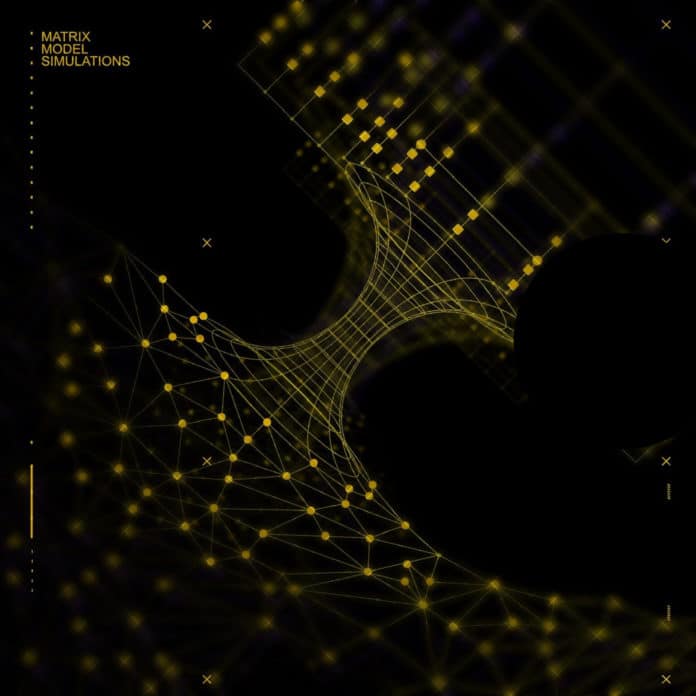Using quantum computing and machine learning, a University of Michigan physicist is trying to better understand the idea called holographic duality, a mathematical conjecture that connects theories of particles and their interactions with the theory of gravity.
According to holographic duality, the theory of gravity and the theory of particles are mathematically equivalent. Both theories describe different dimensions, but the number of dimensions they represent differs by one.
Consider the example of a black hole. The gravity of a black hole exists in three- dimensions, whereas the particles dance above it in two dimensions. Hence, the black hole exists in a three-dimensional space, but we see it projected through particles.
In a new study, scientists identified a way to explore holographic duality using quantum computing and deep learning to find the lowest energy state of mathematical problems called quantum matrix models. The quantum matrix model represents particle theory.
As mentioned above, both theories are equivalent, which means what happens mathematically in a system that represents particle theory will similarly affect a system that represents gravity. Hence, solving such a quantum matrix model could reveal information about gravity.
Scientists used two matrix models simple enough to be solved using traditional methods. These models have all the more complicated matrix models used to describe black holes through the holographic duality.
These matrix models are blocks of numbers representing objects in string theory, a framework in which particles in particle theory are represented by one-dimensional strings. Solving such matrix models means determining specific configurations of particles in the system that represent the system’s lowest energy state, called the ground state.
It should be noted that nothing happens to the system unless you add something to it that perturbs it.
Rinaldi said, “It’s really important to understand what this ground state looks like because then you can create things from it. So for a material, knowing the ground state is like knowing, for example, if it’s a conductor, or if it’s a superconductor, or if it’s really strong, or if it’s weak. But finding this ground state among all the possible states is quite a difficult task. That’s why we are using these numerical methods.”
“You can think of the numbers in the matrix models as grains of sand. When the sand is level, that’s the model’s ground state. But if there are ripples in the sand, you have to find a way to level them out. To solve this, the researchers first looked at quantum circuits. In this method, the quantum circuits are represented by wires, and each qubit, or a bit of quantum information, is a wire. On top of the wires are gates, which are quantum operations dictating how the information will pass along the wires.”
“You can read them as music, going from left to right. If you read it as music, you’re basically transforming the qubits from the beginning into something new each step. But you don’t know which operations you should do as you go along, which notes to play. The shaking process will tweak all these gates to make them take the correct form such that at the end of the entire process, you reach the ground state. So you have all this music, and if you play it right, in the end, you have the ground state.”
Scientists defined quantum wave function as the mathematical description of the quantum state of their matrix model. Using a particular neural network, they were able to find the wave function of the matrix with the lowest possible energy—its ground state.
The numbers of the neural network run through an iterative “optimization” process to find the matrix model’s ground state, tapping the bucket of sand, so all of its grains are leveled.
In both approaches, scientists found the ground state of both matrix models they examined. They also found that a small number of qubits limits the quantum circuits.
Rinaldi said, “Other methods people typically use can find the energy of the ground state but not the entire structure of the wave function. We have shown how to get the full information about the ground state using these new emerging technologies, quantum computers, and deep learning.”
“Because these matrices are one possible representation for a special type of black hole, if we know how the matrices are arranged and what their properties are, we can know, for example, what a black hole looks like on the inside. What is on the event horizon for a black hole? Where does it come from? Answering these questions would be a step towards realizing a quantum theory of gravity.”
Journal Reference:
- Enrico Rinaldi et al. Matrix-Model Simulations Using Quantum Computing, Deep Learning, and Lattice Monte Carlo. DOI: 10.1103/PRXQuantum.3.010324
